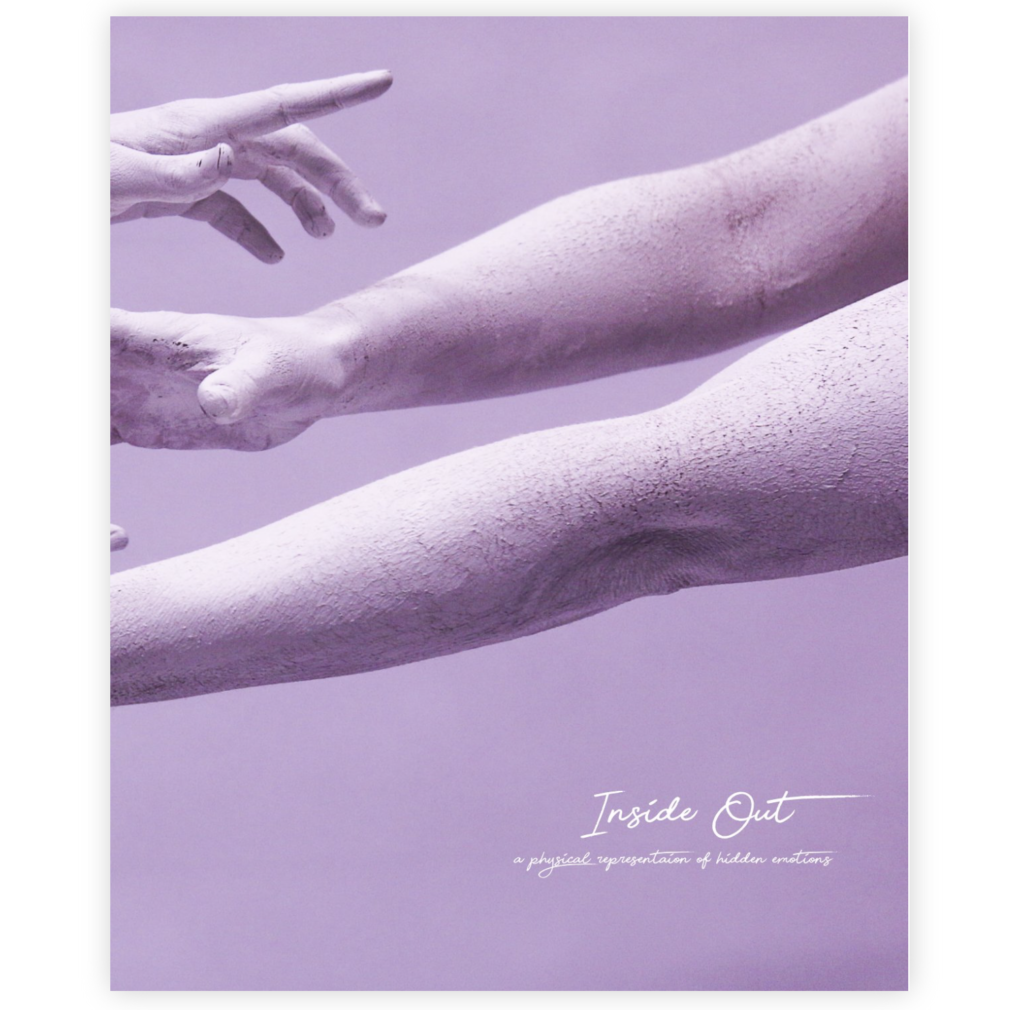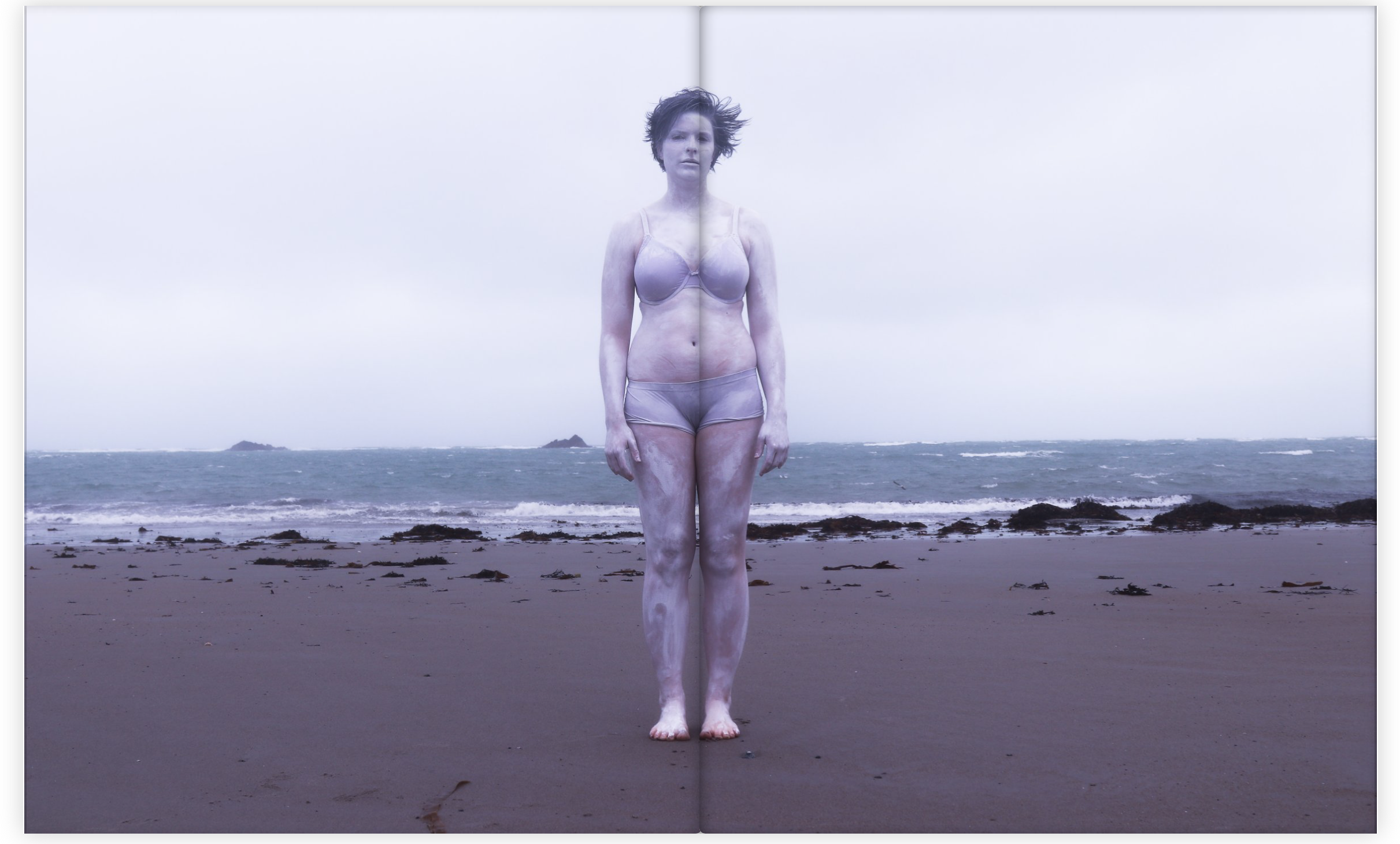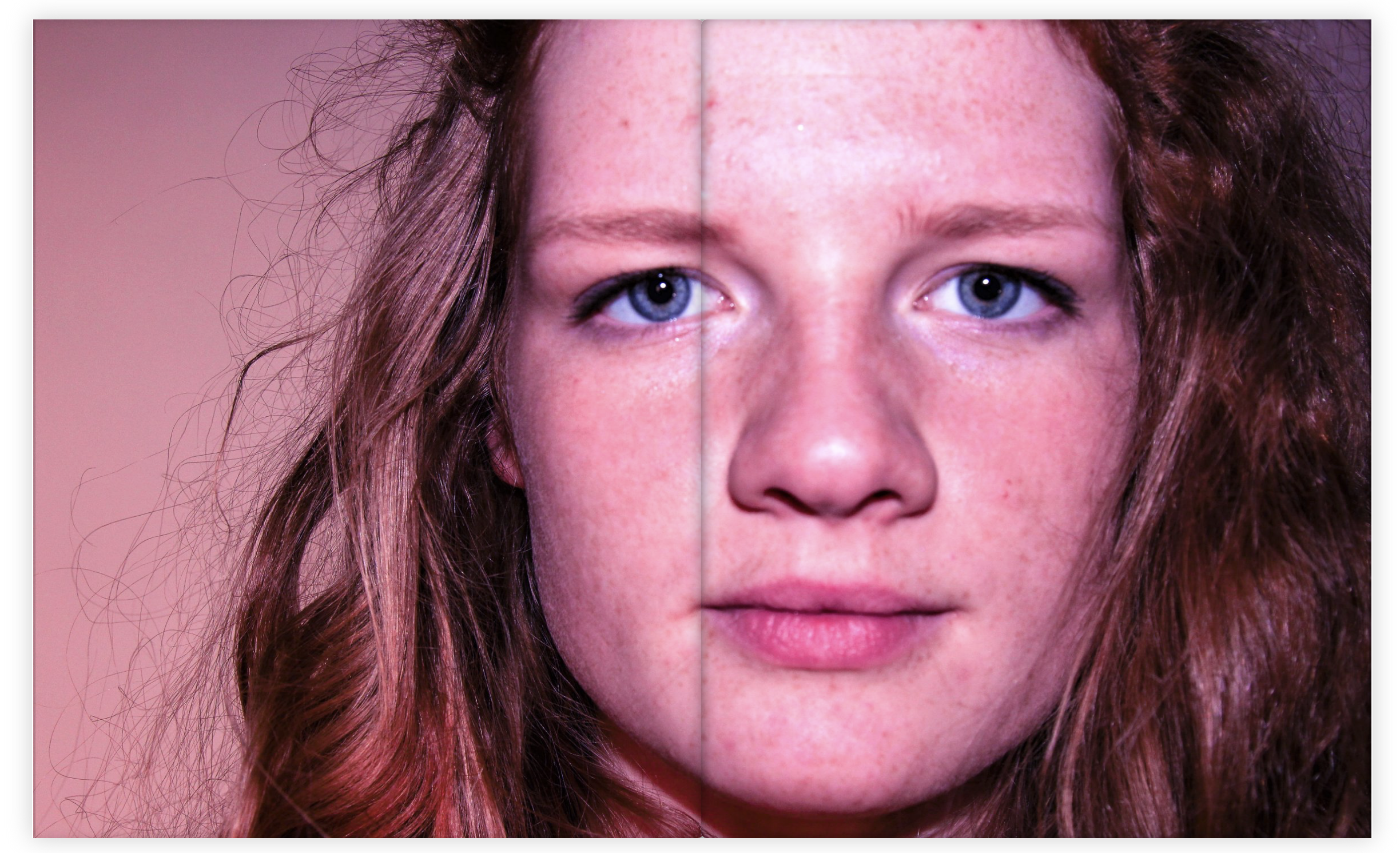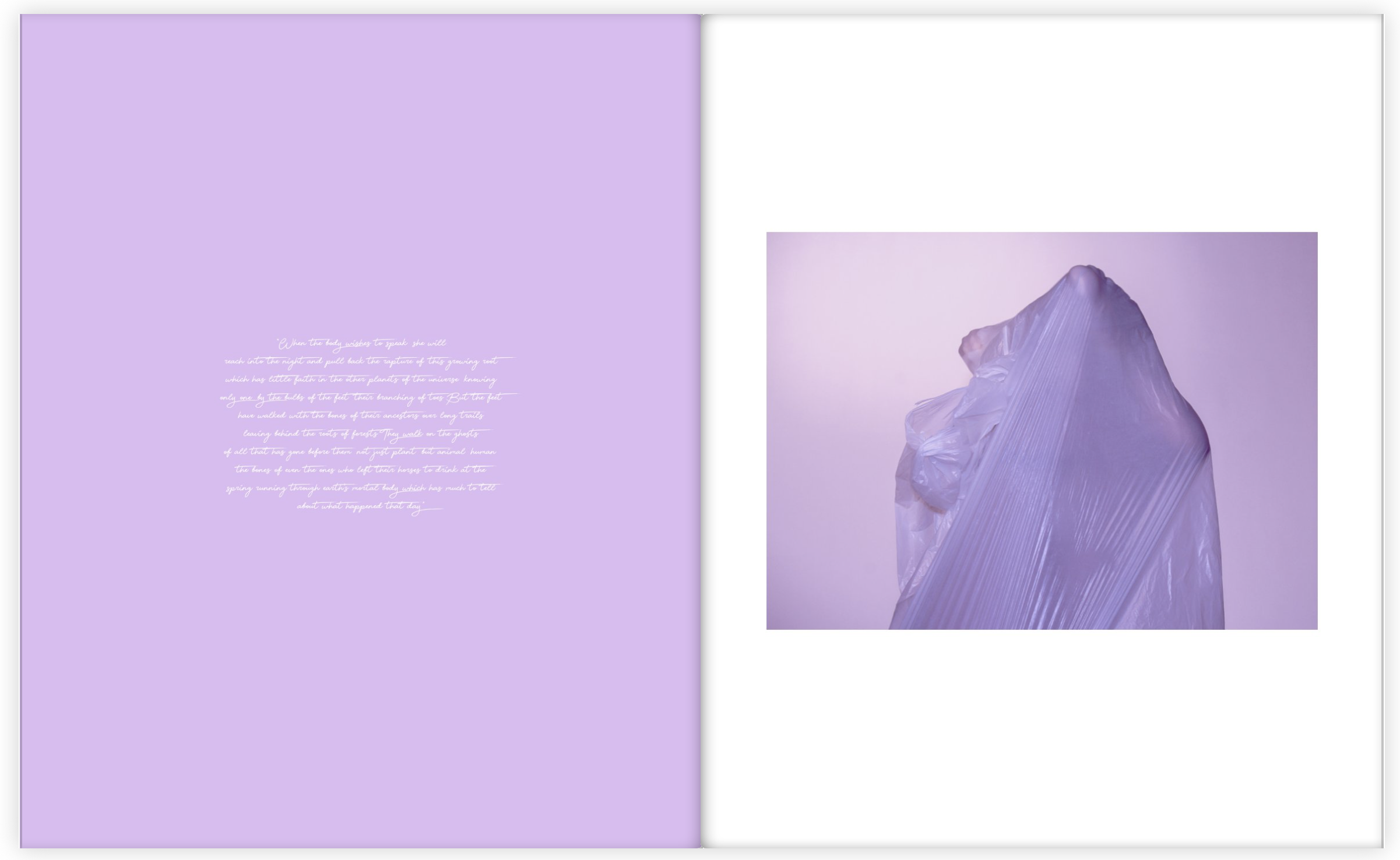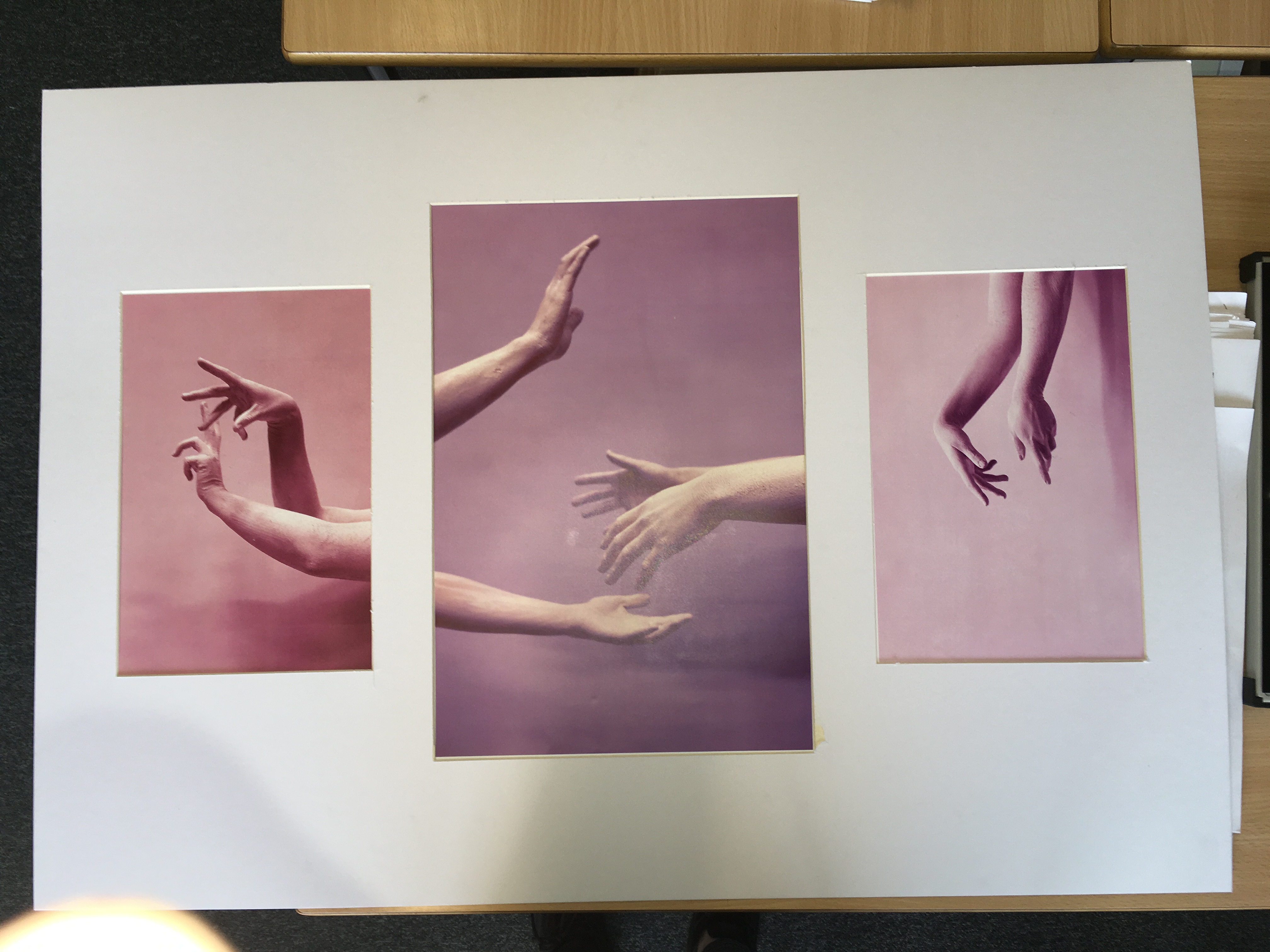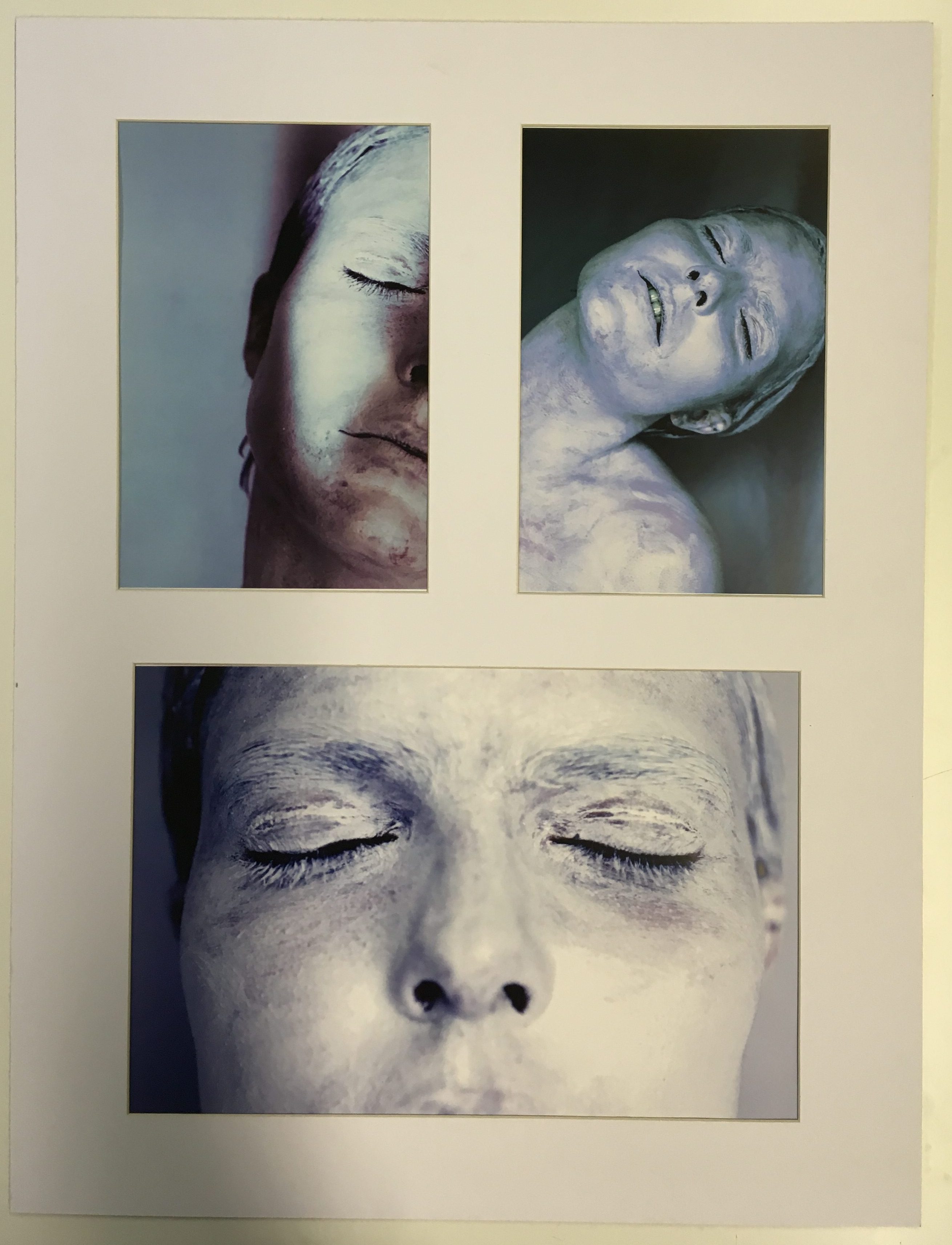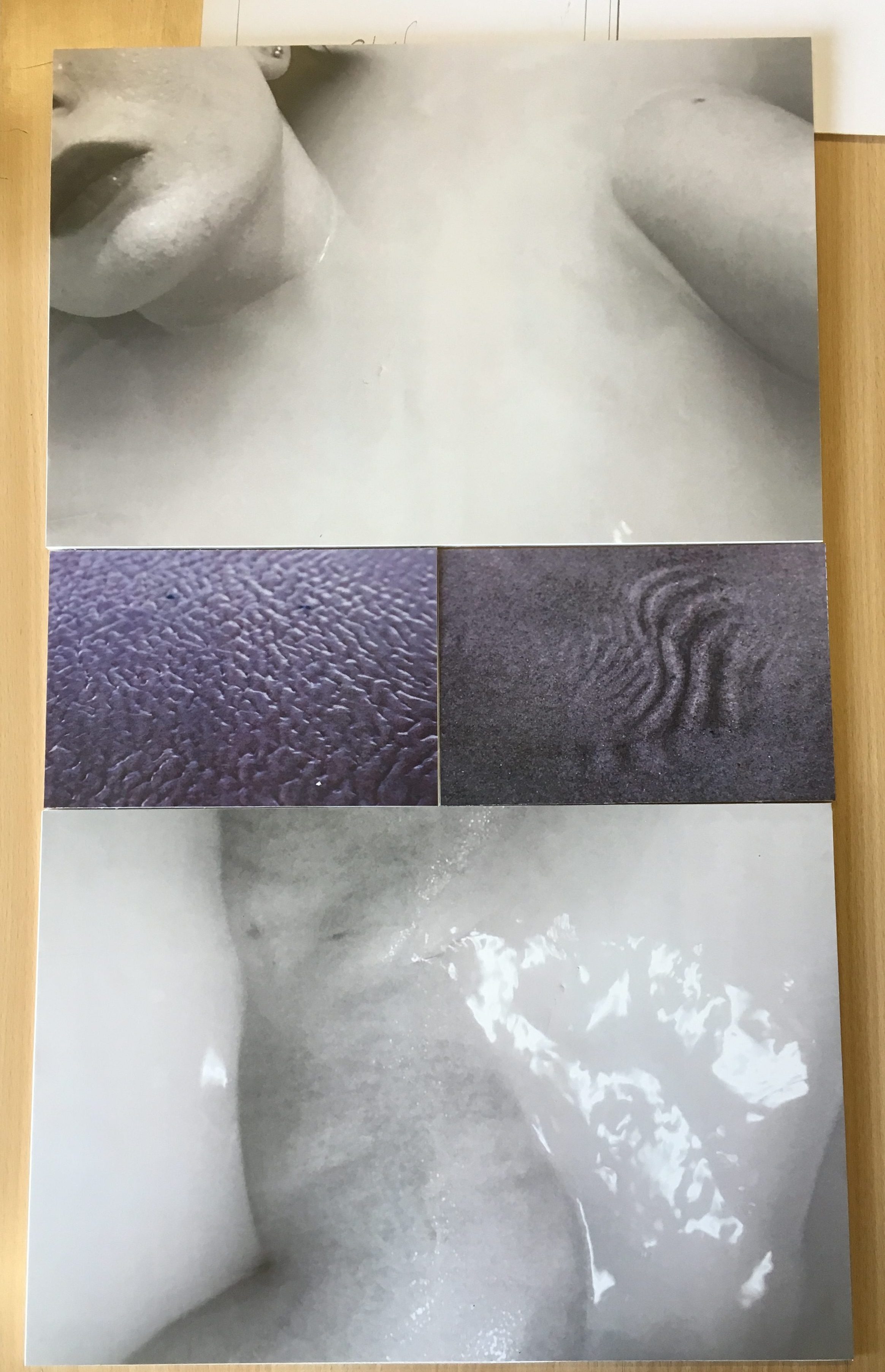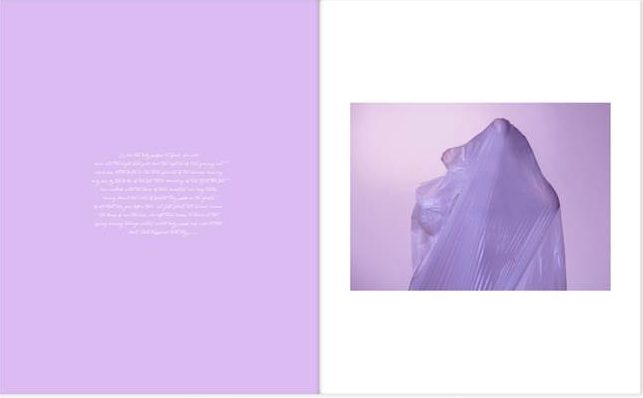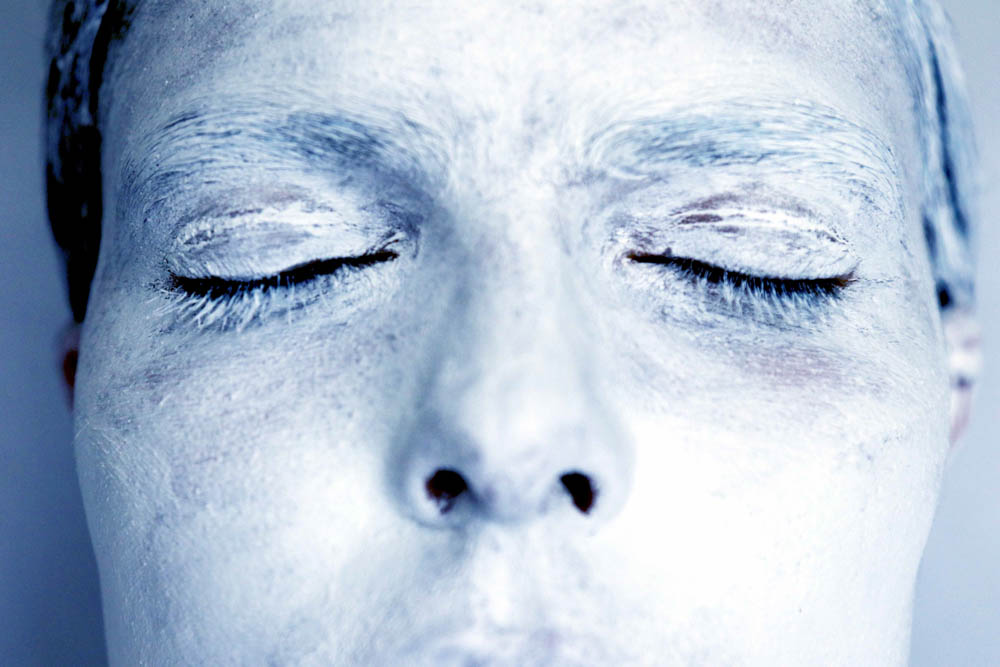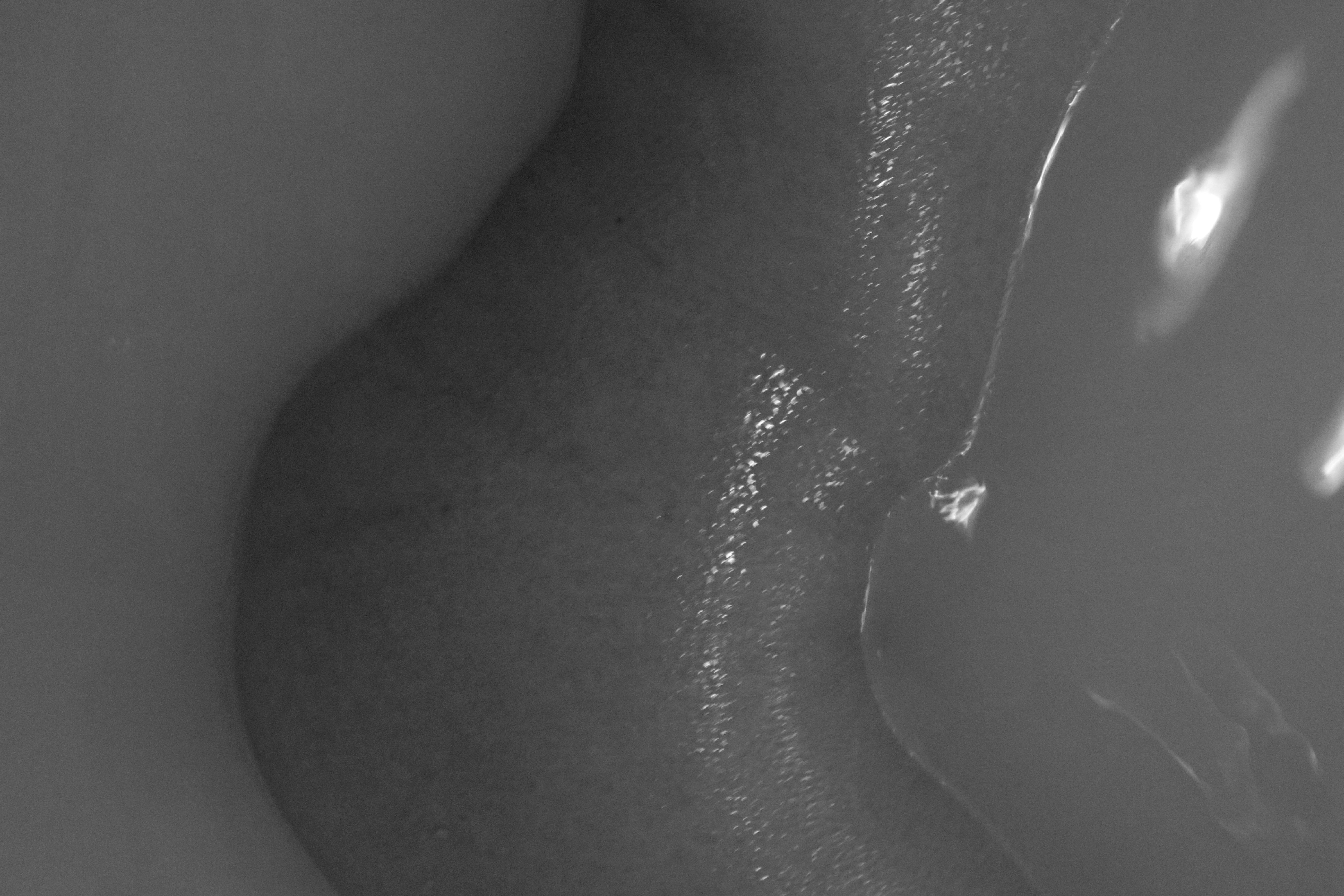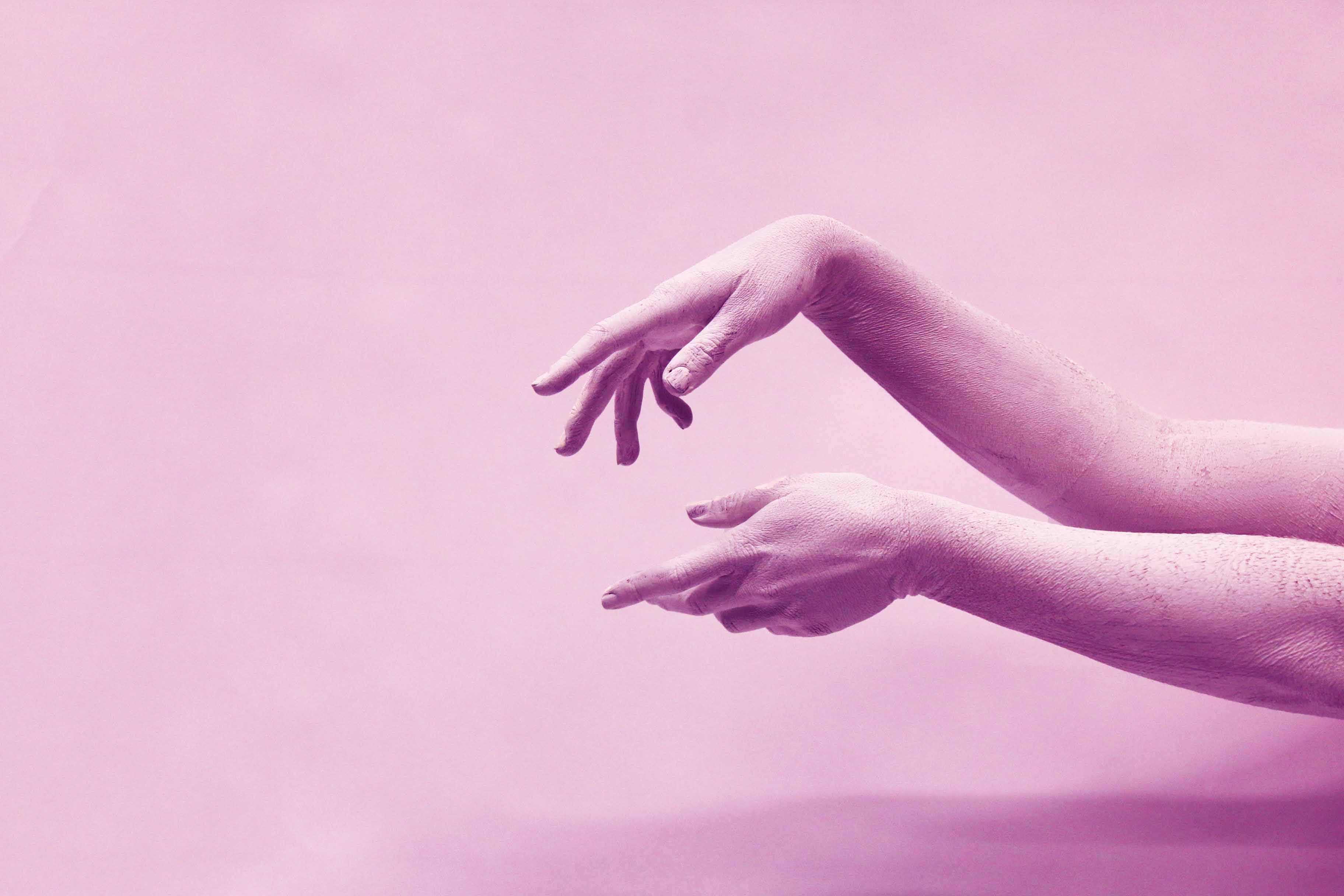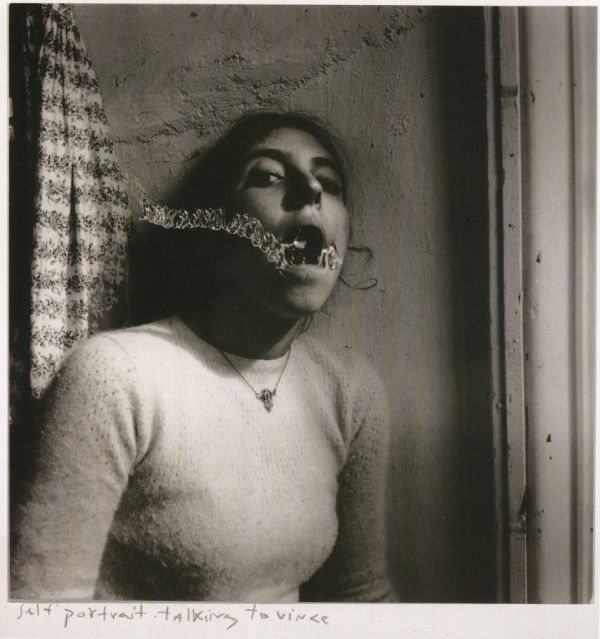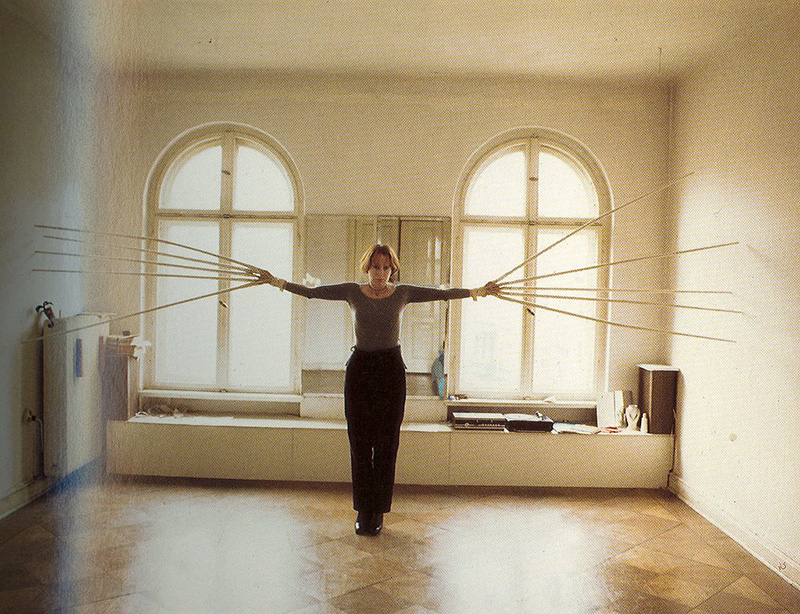How do the photographers Viviane Sassen and Michal Konrad use the human body to physically express hidden emotions?
” I run in my thoughts, in my head.
The influx of false thoughts.
I am looking for one true thought.
Which will let me fall asleep on time.”- Michal Konrad
The depiction of the Human body has been a reality since the origins of photography. The body is used to force the viewer to think critically about contemporary political, cultural, sexual, gender, and socio-economic issues. There is a large amount of work depicting the human body in very different ways. It’s used as a tool to express what can’t be said in a photograph. It’s a physical visualisation of unearthed emotions. Although photograph’s fail to capture people’s voices, many psychologists believe that non-verbal communications reveal much more than words. The Diverse representation of the body has inspired many contemporary artists, including the contemporary photographers Viviane Sassen and Michal Konrad. Both these photographers use the human body to represent the process of the mind. Some photographers explore the possibilities by fragmenting the body in order to express their concerns. The surrealist photographers disturb the viewer in order to provoke a reflection in the Modern World. Within my essay I will be discussing how photographers over time have changed their perspective of the female body. They have created a unique angle of what they view the human body to represent. The historical photographers that I will be comparing are Rebecca Horn and Francesca Woodman.These women don’t simply just take images of the body; they distort it in some way to create their twisted realities. Both these women are from challenging backgrounds and faced many complications when expressing their views. I will also be exploring the social and cultural meanings of the female nude within my project. I will be discussing how women have transformed photography by becoming the photographer rather than just the subject. In my project, my main aim is to create a visual link between body image and mental processes. I also plan to include conceptual photography into it and discuss how the influence of the imagination links to the process of the mind. The two combined creates this false world that photographers use to influence their work.
My initial step to explore, ‘How do the photographers Viviane Sassen and Michal Konrad use the human body to physically express hidden emotions’, is to analyse the life and work of the photographs in question. The first photographer I will be exploring is Viviane Sassen who is a Dutch Photographer, born in 1972. Her work includes both fashion and fine art photography. She is mostly known for her use of geometric shapes, regularly abstractions of bodies. The images of bodies are usually intertwined, inspired by daily physical contact with strangers which she experienced in Africa. As a child Sassen lived in Kenya which now influences much of her work. She often travels to Africa to complete her projects and she allows the local culture and environment to stimulate new ideas. Sassen started studying fashion in Arnhem, Netherlands, however she swiftly choose to focus primarily on photography. Her work comes from an extremely alternative route where she combines personal, editorial and commercial ideas. She loves to embrace an interdisciplinary attitude, which is along the bases of combining two or more academic disciplines into one activity. Sassen believes “You should always be able to judge a photograph on different grounds, on political, social, emotional, but also on personal grounds.”
After learning more about Vivane Sassen, I know that her ultimate stimulant for her ideas and inspirations is her own ‘personal grounds’ and experiences. She draws on the memories of three years spent in Kenya as a child. Sassen is using her own personal experiences and emotions to create her ideal format of work. However, Sassen does not solely focus on her own emotions, she also explores the emotions of others. In a series called ‘Parasomnia’ in 2010, she references a sleep disorder that involves abnormal dreams, nightmares and sleepwalking. Much of Sassen’s work references this dream-like world that she creates using colours and shapes. In a quote from Sassen she says, ‘I try to make images that confuse me, and I hope they confuse you too’. I believe I would base Sassen’s work into the Surrealist category. Her work contains elements of a surreal dreamscape containing ‘Lithe bodies, their faces often casting shadow, pose with mysterious props and objects’. Sassen aims to confuse us as viewers because surrealist photographers disturb the viewer in some way to provoke a reflection on what they are witnessing. In an interview by Dazed Magazine with Vivane Sassen, she says, ‘I feel that most of my work is about love and loss’, she also includes, ‘fear and longing.’ Sassen is using these common human emotions to interpret into her work. She is also fundamentally using the human body as a symbol of these emotions.
In a series of books by Sassen called ‘Roxane I’ and ‘Roxane II’, she investigates what it means to be female. Within this series she focuses solely on a women called Roxane Danset. The books contain images of Danset posing as a ‘goddess, the wise mother, the sexual Venus, the innocent and playful child and more’. When questioned about the series, Sassen explains how it is useful being a woman when using a woman as her subject. She says, ‘it helps because we are both preoccupied with the female gaze’. Sassen is wanting to explore the psychology of collaboration and inclusivity when creating images of women, instead of wanting to display them in a sexual manner. When she says, ‘we are both preoccupied with the female gaze’, she is exploring the female body from a women’s point of view, rather then a males. Sassen also says she aims to ‘cherish the female body and mind with all its imperfections’. This again shows how men and women view female bodies in a completely different manner. Females ‘cherish the female body and mind’ because they see and think about things in a varied way compared to men. (whereas males objectify it in a sexual manner. ) Viviane Sassen is included in the generation of female photographers who have challenged the normal perspective and have created their unique idealistic interpretation of the human body. She is also one of the many female photographers who have helped with the progression of woman in this field.
The next photographer I will be exploring is the work by Michal Konrad who is a polish photographer born in 1983 in Wodzistaw Slaski. From an early age Konrad was fascinated with photography and visual art. In the Dodho Magazine, Michal talks about when he first began becoming interested in this form of art, ‘I started photographing analogue camera in my youth’. He as been studying and evolving his style of work for several years, however since 2010 his work has become more conscious and planned. Konrad has always been interested in conceptual photography and believes it is extremely important to always have a deeper thought process when creating a series of work. Konrad says ‘photography becomes a way of their expression.’. He is explaining how he uses his thoughts and emotions to provoke his images. He is using his photography to express hidden thoughts. Konrad also writes, ‘ I always liked to play with memory’. He uses his own personal memories to create his series. An example of one of his series where he uses this concept is a series called Transition which he did in the summer and autumn of 2016. Within this project he takes the images using a 20 second shutter release. According to Michal Konrad, the entire cycle of the project took three months. The quote that Konrad uses to explain the series is ‘You can go to the other side, or change the state of consciousness. You can find the secret window through which we will enter a new dimension.’. Konrad is basically explaining what the meaning of transition is in a descriptive way. He is describing it as a process of climbing through a ‘secret window’. Konrad is stating it can be a psychological process as well as a physical process. He says you can either ‘go to the other side’, which would mean a physical movement, or ‘change the state of consciousness.’, which would be a process of the mind. This is what Konrad is demonstrating within the project. He is capturing the process of a physical movement to symbolise a psychological transition. This series, Transition is an example of how Michal Konrad uses the human body to physically express hidden emotions.
Another series that Konrad has created is called Insomnia. The main subject of his photography is men, mainly himself. The series Insomnia primarily focuses on psychology and the process of a persons mind. He is again using the body to express hidden emotions. The project shows how a person perceives the environment in the modern world and how the environment effects him. The busy world that we live in can often provoke unsettling emotions such as pain and confusion. On the website scopio, Konrad explains that the title Insomnia is meant to ‘show the anxiety in the modern world, caused by lies.’. Insomnia is a sleeping disorder that is characterised by difficulty falling asleep. I believe that Konrad used this title for this series because he wants the title to clearly express what the series is about. He is showing that the ‘anxiety’ caused by ‘lies’ could cause the disorder Insomnia. Similarly to Viviane Sassen, Konrad can be based under the category of Surrealist Photographers because his images are balancing on the border of dream and imagination. Konrad himself has experienced the disorder insomnia and he is using his experiences to influence his work. The series Insomnia is yet again another example of Konrad using the human body to express hidden emotions, in this case confusion and anxiety.
Michal Konrad is fundamentally using himself, and other men to photograph in comparison to Vivian Sassen, who also likes to use other females to express her points of view. I believe photographers who aim to discover a deeper and more thought provoking set of images mainly stick to using a subject who is of the same gender as them. I believe they do this because they can relate to the emotions and psychological process of someone who is of the same sex more than someone who is of the opposite sex. This relates to the female and male gaze.
As well as the contemporary photographers Viviane Sassen and Michal Konrad, I am also going to be discussing the historical artist photographer Rebecca Horn and Francesca Woodman. Both these women went through some process of hardship during there lives which they used to inspire their work. They also both defied the norm to create their ideal reality. They expressed their unique view using their individual style and set of images.
Rebecca Horn was born in March 1944 in Michelstadt, Hesse. She is a German visual artist who creates these unique sculptures and installations to express suffering and torment. She is best known for her film directing and unique body modifications. She also practices body art using different medias such as performance art, installation art, sculpture and film. She also writes poems which she often uses to influence her work. It was in 1968 when Horn produced her first body sculpture where she attached objects and instruments to the human body. She used the relationship between a person and their environment as the theme. One of Rebecca Horn’s most well known performance pieces is called Einhirn, which translates into Unicorn. The subject of this piece is a women who was described by Horn as ‘very bourgeois’. Within the film the subject is seen walking through a field and forest on a summer morning wearing nothing but a white horn from the top of her head. Her work can be interpreted in many ways, however from researching Horn I know that just like the other photographers I have talked about so far, she also uses her past memories and personal emotions to access these unique ideas and concepts.Rebecca Horn had a difficult life, similar to many women during her time. Her parents sent her to boarding school to later study economics, however at nineteen Horn rebelled against her parents to study art. In 1963 she attended the Hamburg Academy of Fine Arts. Exactly a year after joining, Horn had to pull out after contracting severe lung poisoning. This is how Horn describes her experience, ‘I was working with glass fibre, without a mask, because nobody said it was dangerous, I got very sick. For a year I was in a sanatorium’. Even after working so hard to achieve the career that she dreamed to reach, Horn’s hardship was not over. She carries on to say, ‘My parents died. I was totally isolated’. Horn experienced severe isolation during her life, and felt like her life was over before it had begun. She was too ill to go back to school when leaving the hospital, and therefore she turned to creating sculptures and strange extensions using wood and cloth as a type of therapy. Horn is yet again another example of an artist who uses her emotions and anger to promote her work. Instead of simply taking images of the human body as a symbolic reference of her emotions, Horn goes further by creating sculptures as extensions of the body. She uses these extensions, as well as the human form to transform her ideas and hidden feelings. Rebecca Horn is a well known artist who has achieved so much. She is a female who did not conform to society’s rules and regulations, and similarly to Francesca Woodman, she took part in developing the progression of how people view women in the modern world.
Francesca Woodman is the other Historical Photographer that I will be referencing in my essay. She is an American Photographer who was born in April 1958. She is best known for her black and white pictures featuring either herself or other females. Many of Woodman’s images contain the subject naked or clothed, blurred or merging with their surroundings. Her work only began gaining attention after her death at the age of 22 in 1981. Life as a working artist was extremely hard, especially as a female. According to Francesca’s father, she found it sufficiently difficult trying to become an established artist. He says it wasn’t Francesca’s work that troubled her; it was the art world, competitive and precarious, that she found scary. In the late 1980’s Woodman became depressed due to the failure of her work to attract attention. She survived a suicide attempt in the autumn of 1980. However, on the 19th January 1981, Woodman died by suicide after jumping out of a loft window. The images that Woodman creates are very haunting and mysterious because she uses her emotions of depression, as an influence. They contain this eary atmosphere because of her use of environment, the bleakness, and also because of the poses that the subject is doing. Woodman was clearly struggling with her life which I can feel when dissecting her images. The black and white really emphasises the haunting and death like atmosphere that Woodman creates. Her images are relatively similar to Rebecca Horn’s because they both use themselves as the main subject. The atmosphere that they create coincide with their experiences with their life.
Photography for women has developed sufficiently since the origins of this visual art. Women like Woodman and Horn no longer have to strive to become well established artists and photographers.
The book called ‘The female Nude’ by Lynda Nead clearly demonstrates how peoples perspectives of the female body have progressed over time. Men have always been, and still are the….
Within Nead’s book, she interprets quotes from important males and females who works in different lines of art forms.
